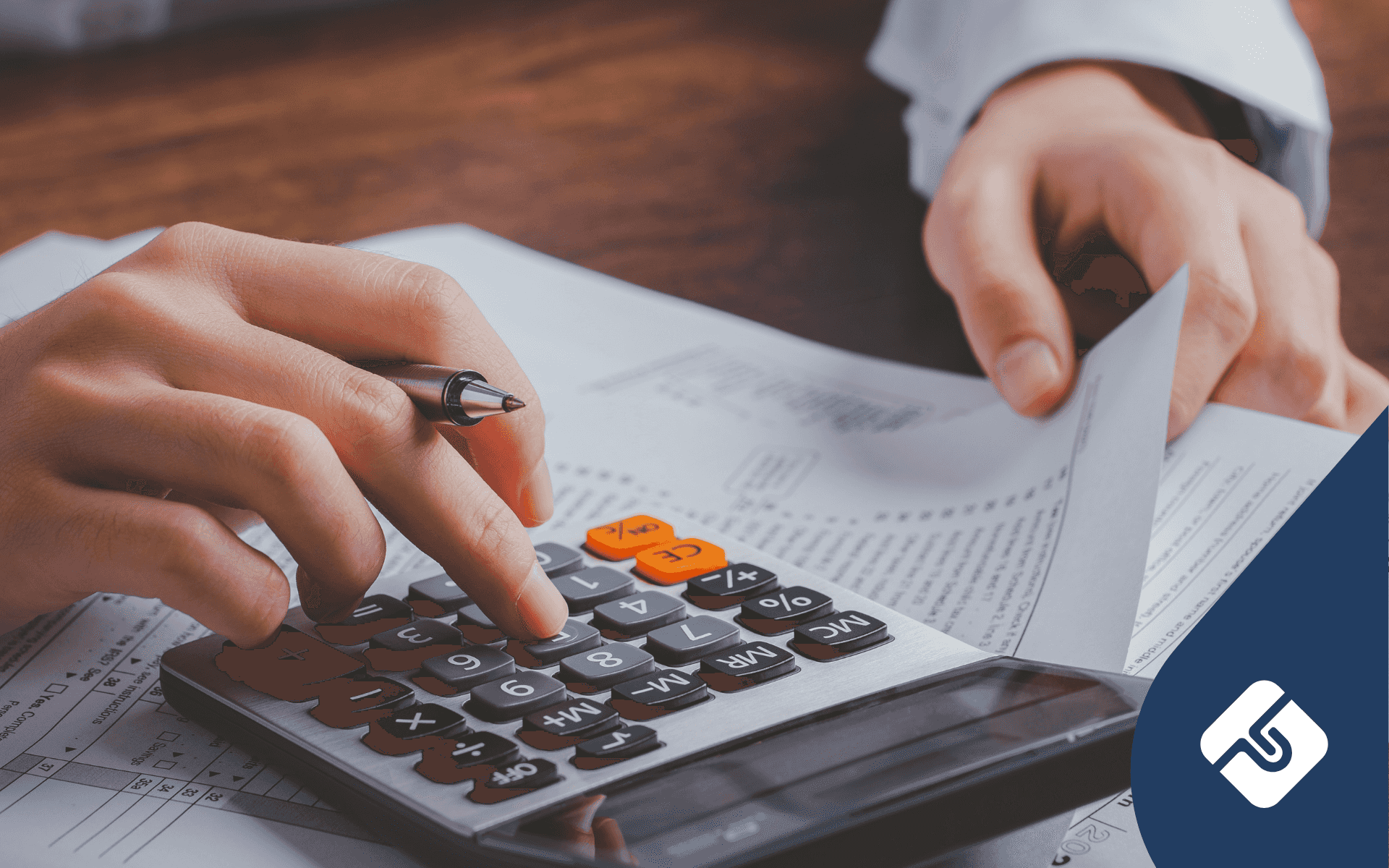Chartered Accountant Timothy Quinn leads Tax & Accounting at Lawpath. 16+ years in tax advisory, specialising in startup growth and expansion. Passionate about supporting entrepreneurial clients with early-stage investment incentives, restructuring, international exit strategy planning, and more.
If you own a small business in Australia, understanding shares and taxation is crucial because it may directly impact your financial planning and tax obligations. But how shares are taxed can be confusing.
In Australia, the primary method of taxing shares involves capital gains tax (CGT), which is applied to profits made when selling shares, and dividend taxation. The amount of taxes on shares depends on various factors, such as your tax bracket and any exemptions or concessions you may be eligible for.
This guide will cover everything you need to know about the taxation of shares, including how to calculate CGT, when tax on selling shares is triggered, deductions like brokerage fees, and strategies to reduce your tax liability.
Table of Contents
How shares are taxed in Australia
Shares in Australia are primarily taxed through capital gains tax (CGT) and dividend taxation, both of which are key considerations for investors and small business owners.
Capital Gains Tax (CGT)
Capital gains tax on profits applies when you sell shares for more than their purchase price. The profit, known as a capital gain, is added to your assessable income and taxed at your marginal tax rate.
Conversely, if you sell shares for less than their purchase price, you incur a capital loss, which you can use to offset other capital gains or carry them forward to reduce future capital gains.
Capital Gains Tax on shares explained
So, how much is CGT on shares, and how do you calculate the amount you owe? Let’s take a closer look.
How CGT is calculated
The formula for calculating a capital gain is: Capital Gain = Sale Price − Cost Base
The cost base includes the purchase price plus any associated costs like brokerage fees.
You’ll only pay capital gains tax on shares sold at a profit and only on the amount that you gained. The tax payable will depend on your individual marginal tax rate.
CGT discount
You may be able to substantially reduce your taxable capital gain tax by taking advantage of the CGT Discount.
If you hold shares for over 12 months before selling, you can reduce the taxable gain by 50% (for individuals) or 33.33% (for superannuation funds).
Offsetting losses
Another way to optimise taxation when selling shares is by offsetting any capital losses from other investments. You can use these to offset capital gains, reducing your taxable income.
Example calculation
Suppose you buy shares for $10,000 and sell them after two years for $15,000.
- Capital gain = $15,000 – $10,000 = $5,000
- After applying the 50% discount: Taxable gain = $5,000 × 50% = $2,500
- If your marginal tax rate is 32.5%, the CGT payable is $2,500 × 32.5% = $812.50.

Need Financial or Legal Advice for your small business?
Dividend taxation
Dividends are another significant aspect of shares and taxation in Australia. Companies distribute dividends from their profits to shareholders, and these payments are taxable as part of the shareholders’ income.
Franking Credits
When a company makes a profit, it pays tax on that profit. Then, when the company shares some of that after-tax profit with its shareholders as dividends, it’s like the shareholders are getting a portion of profit that’s already been taxed.
To avoid taxing this money twice, Australia has a system called “dividend imputation” or “franking credits.” Here’s how it works:
- The company pays tax on its profits.
- When it pays dividends to shareholders, it attaches a credit (called a franking credit) that represents the tax already paid.
- Shareholders report the dividend plus the franking credit as income on their tax return.
- The franking credit can then be used to reduce the shareholder’s personal tax bill.
This system ensures that the profits are ultimately taxed at the shareholder’s personal tax rate, not twice at both the company and personal levels.
For example:
- If a company pays a $70 dividend with $30 in franking credits (based on a 30% company tax rate), shareholders report $100 as income but can claim the $30 credit against their tax liability.
Types of share ownership
The way shares capital gains tax or dividend taxation applies depends on whether shares are owned by individuals or businesses.
Individual ownership
If you hold shares in your own name, then you are an individual share owner, and the following tax implications apply.
- Personal income brackets: Your personal income tax bracket determines the amount of tax you pay. Any profit on shares capital gains is added to their assessable income and taxed at your marginal rate.
- CGT discount: As an individual investor, you can benefit from a 50% CGT discount on shares you hold for more than 12 months. This means only half of the capital gain is subject to tax.
- Dividend taxation: You must declare all dividend income on your tax return, even if reinvested. Franking credits can be used to offset tax liability.
- Capital losses: You can use capital losses to offset capital gains in the same year or carry them forward to future years.
Business ownership
If a company or another business entity holds the shares, then different tax rules apply.
- Company tax rate: Small businesses may pay CGT at the company tax rate, which is currently 25% for businesses with an aggregated annual turnover below $50 million.
- No CGT discount: Unlike individuals, companies do not benefit from the 50% CGT discount on long-term holdings.
- Dividend treatment: Dividends received by businesses may be subject to different rules compared to individual investors. For instance, dividends received by one company from another may be franked, potentially reducing the tax liability.
- Small business concessions: Eligible individuals owning small businesses may access various CGT concessions, such as the 15-year exemption, 50% active asset reduction, retirement exemption, and rollover relief. These can significantly reduce their tax liability on capital gains.
It’s important to note that the specific tax implications can vary depending on the business structure (e.g., sole trader, partnership, company) and other factors.
When do you pay tax on shares in Australia?
In Australia, you become liable to pay tax on share sales in the tax year that a CGT event occurs. Specific actions or transactions involving your shares may trigger a CGT event. This event determines when you need to calculate and report any capital gains on share profits or losses.
Common triggers for CGT events
- Selling shares: The most common trigger for a CGT event is selling shares. In this case, the selling shares tax applies to any profit you make, which is treated as a capital gain and added to your assessable income for the financial year.
- Transferring ownership: A CGT event may also occur when the ownership of shares changes due to mergers, acquisitions, or corporate restructures. For example:
- If a company you hold shares in merges with another company or is acquired, you may see a capital gain or loss depending on the transaction terms.
- Accepting a company’s buyback offer can also trigger a CGT event.
- Receiving non-assessable payments: Non-assessable payments from companies or unit trusts can reduce the cost base of your shares. If these payments exceed the cost base, the excess is treated as a capital gain and taxed accordingly.
While these are the main types of CGT trigger events, there are some other situations you need to keep in mind:
- Switching units in managed funds
- Owning shares in a company that goes into liquidation or administration
- Making an in-specie transfer (transferring ownership without selling)
Tax implications of selling shares
Ultimately, whether you owe tax will depend on your specific situation in that income tax year, and whether you’ve made a profit or loss as profit or loss has specific tax consequences.
Profit on shares capital gains
- Profits are subject to CGT based on your marginal tax rate.
- Holding shares as an individual for over 12 months qualifies for a CGT discount.
Losses
- Capital losses can offset capital gains in the same year or be carried forward indefinitely.
Example calculation
If you sell shares purchased for $8,000 at $6,000:
- Capital loss = $8,000 – $6,000 = $2,000
- This loss can offset any capital gains from other investments.
Key dates and reporting obligations
Timing plays a critical role in determining when you must report and pay tax on your shares.
Income year reporting
You are required to report any capital gains or losses in your annual tax return for the financial year in which the CGT event occurs. For example, if you sell shares on March 8, 2025, you must include the transaction in your 2024–2025 tax return.
Record-keeping requirements
The Australian Taxation Office (ATO) requires investors to maintain accurate records that can prove your cost base, capital gains or losses, and any transactions related to shares. You need to track:
- Purchase dates and costs
- Sale proceeds and associated expenses (e.g., brokerage fees)
- Any adjustments to the cost base due to non-assessable payments or corporate actions
Impact of timing on tax rates
Before selling shares, consider the best timing for the sale. For example, if you hold shares for over 12 months before selling, you may qualify for the CGT discount, which reduces the taxable gain by 50% for individual investors.
Also, if your income fluctuates from year to year, it may be best to sell when your total income for the year is lower, reducing your overall liability.
Late amendments
If ownership changes occur after the initial reporting year (e.g., due to delayed settlement), you may need to amend your previous tax return to account for the capital gain or loss. The ATO generally waives late payment interest if amendments are made within 30 days of settlement.

Need Financial or Legal Advice for your small business?
How much tax do you pay on shares in Australia?
The amount of tax depends on three key factors.
1. Tax brackets
- Individual investors pay CGT based on their marginal income tax rate.
- For small businesses structured as companies, the rate is typically 25%.
2. CGT rates
- Short-term gains (held <12 months): Taxed at full marginal rates.
- Long-term gains (held >12 months): Eligible for a 50% discount if held by individuals.
3. Exemptions and strategies
- You can use capital losses to offset gains.
- Consider small business CGT concessions if applicable.
The actual amount you pay will depend on your unique situation. It is often a good idea to consult a tax specialist before you decide to sell shares to understand your tax obligations.
How to declare shares on a tax return in Australia
Follow these steps to report share transactions:
- Gather records of purchase and sale prices, dates, and associated costs.
- Calculate capital gains or losses using ATO-approved methods (e.g., FIFO or average cost).
- Report all transactions under “Capital Gains” in your annual tax return.
- Include any franking credits from dividends under “Income.”
Refer to ATO guidelines for specific forms and instructions.

Get on demand legal advice for one low monthly fee.
Sign up to our Legal Advice Plan and access professional legal advice whenever you need it.
FAQ
Do you pay tax on shares not sold?
No, you only pay CGT when a CGT event occurs (e.g., selling shares).
What is the tax on dividends from shares?
Dividends are taxed at your marginal income rate but may be patially offset by franking credits.
How do capital gains on shares work?
Capital gains are calculated as the difference between the sale price and cost base of shares sold during a financial year.
Are brokerage fees tax deductible?
Yes, brokerage fees are deductible as part of the cost base when calculating CGT.
Let’s say you buy shares worth $10,000 with a $100 brokerage fee:
- Cost Base = $10,000 + $100 = $10,100
Similarly, brokerage fees incurred during selling reduce the sale proceeds for CGT calculations.
Optimising your share taxation strategy
Understanding shares and taxation is vital if you are a small business owner looking to maximise your investment returns. From calculating capital gains tax on share profits to leveraging deductions like brokerage fees and franking credits, careful planning can significantly reduce your tax burden.
Lawpath helps you navigate the complexities of Australia’s share taxation system while ensuring business tax compliance. Get in touch for tailored advice.

Get a fixed-fee quote from Australia's largest lawyer marketplace.








